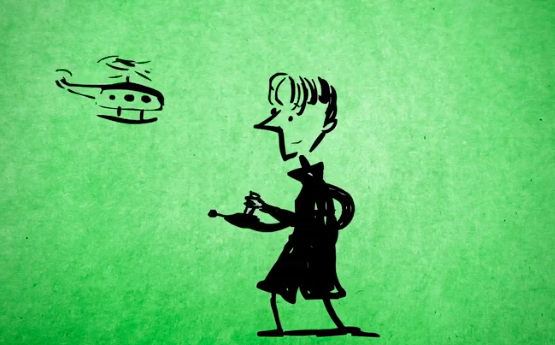
5 TED-Ed Lessons about awesome women in history

If it’s true that well-behaved women seldom make history, then we’d like to introduce you to a few of our favorite troublemakers. Here are 5 TED-Ed Lessons about remarkable women:
1. The pharaoh that wouldn’t be forgotten
Hatshepsut was a female pharaoh during the New Kingdom in Egypt. Twenty years after her death, somebody smashed her statues, took a chisel and attempted to erase the pharaoh’s name and image from history. But who did it? And why? Kate Narev investigates Hatshepsut’s history for clues to this ancient puzzle. Watch this TED-Ed Lesson below.
2. The true story of Sacajawea
In the early 19th century, a young Agaidika teenager named Sacajawea was enlisted by explorers Meriwether Lewis and William Clark to aid her husband Toussaint Charbonneau as a guide to the Western United States. Karen Mensing debunks some of the myths that surround the familiar image of the heroic woman with a baby strapped to her back and a vast knowledge of the American wilderness. Watch this TED-Ed Lesson below.
3. The contributions of female explorers
During the Victorian Age, women were unlikely to become great explorers, but a few intelligent, gritty and brave women made major contributions to the study of previously little-understood territory. Courtney Stephens examines three women — Marianne North, Mary Kingsley and Alexandra David-Néel — who wouldn’t take no for an answer (and shows why we should be grateful that they didn’t). Watch this TED-Ed Lesson below.
4. The wars that inspired Game of Thrones
Beginning around 1377, medieval England was shaken by a power struggle between two noble families, which spanned generations and involved a massive cast of characters, complex motives and shifting loyalties. Sound familiar? Alex Gendler illustrates how the historical conflict known as the Wars of the Roses served as the basis for much of the drama in Game of Thrones. Watch this TED-Ed Lesson below.
5. The immortal cells of Henrietta Lacks
Imagine something small enough to float on a particle of dust that holds the keys to understanding cancer, virology and genetics. Luckily for us, such a thing exists in the form of trillions upon trillions of human, lab-grown cells called HeLa. But where did we get these cells? Robin Bulleri tells the story of Henrietta Lacks, a woman whose DNA led to countless cures, patents and discoveries. Watch this TED-Ed Lesson below.
For more animated video playlists, sign up here for the TED-Ed weekly newsletter >>



Lately, I have been really interested in strong women throughout history and have been researching everything I can about them. However, I had no idea that there was a female pharaoh and so I definitely want to look more into that. This is surprising to me, because I thought that women were submissive figures in Egypt back then. But what was a woman’s real role in ancient Egyptian society?
How come Cleopatra is left out? She ruled Egypt too, for 20 years and she wasn’t the goody-goody types either!
Good point, Shyamala! We wrote this post before we had a lesson on Cleopatra, but now that we have one — we need to add her. Thanks for the good idea! -TED-Ed